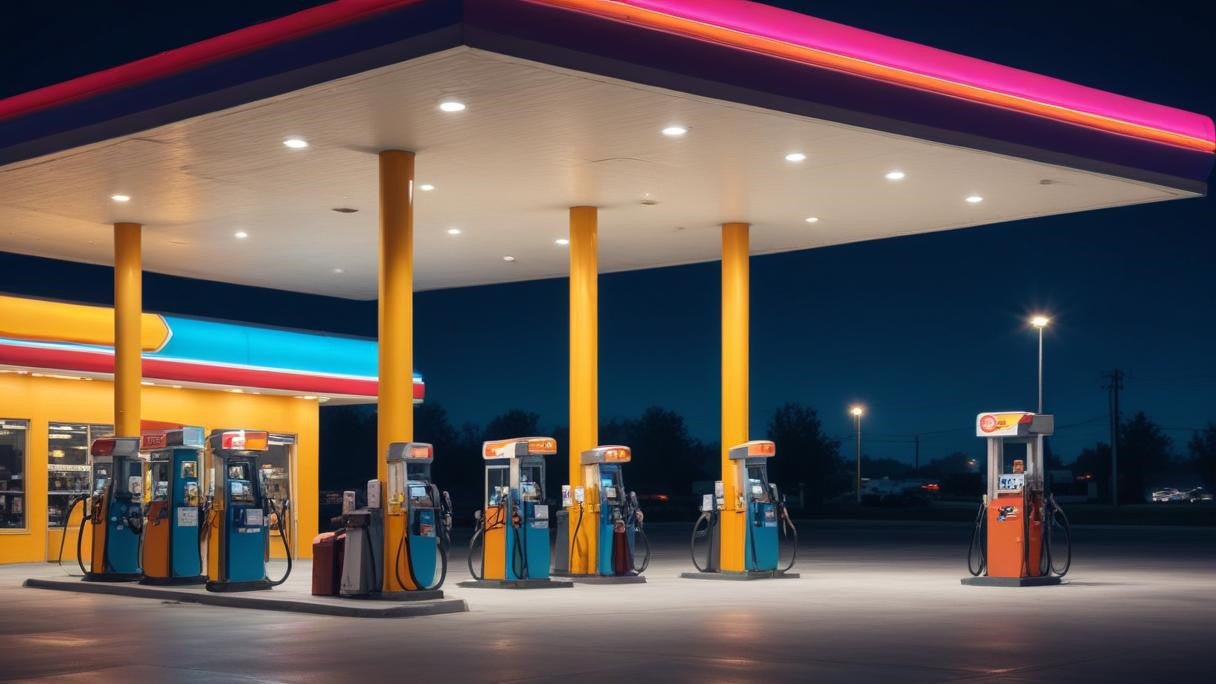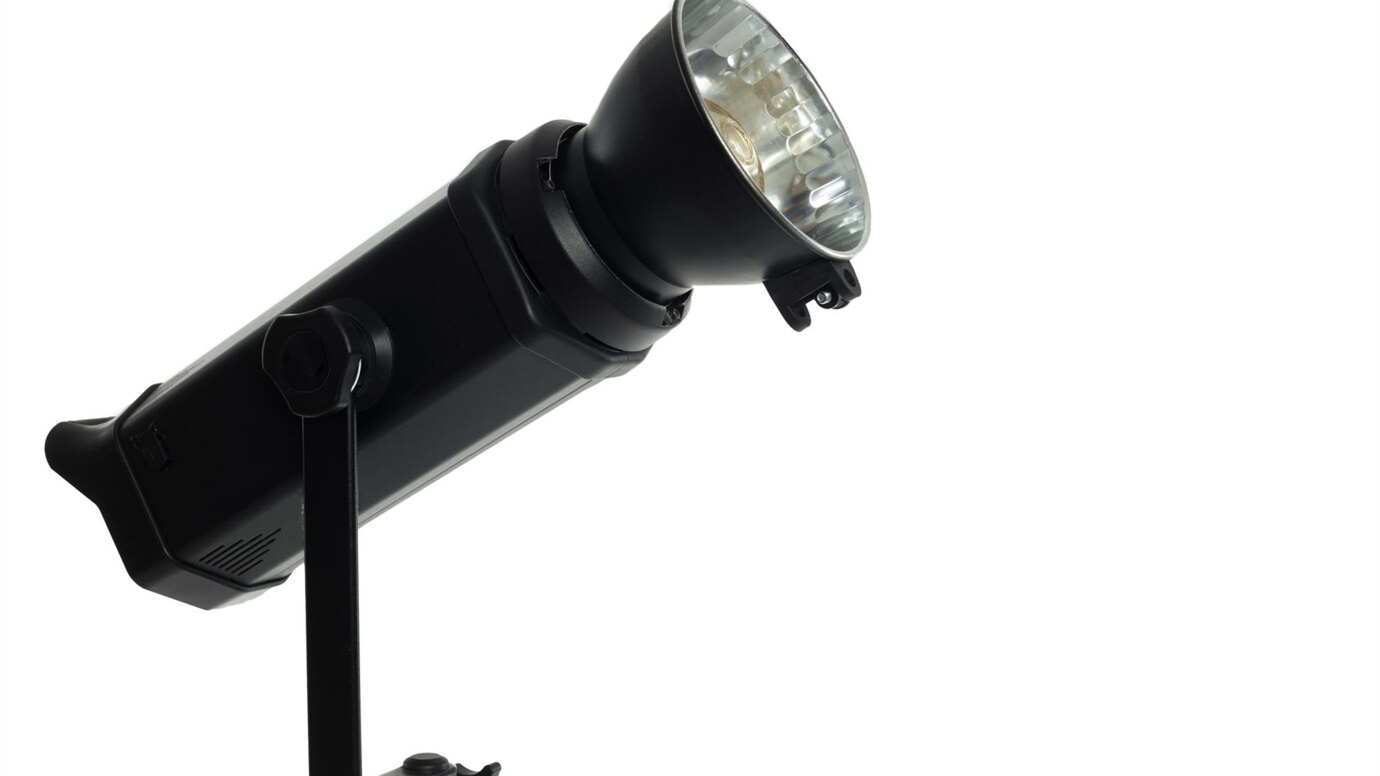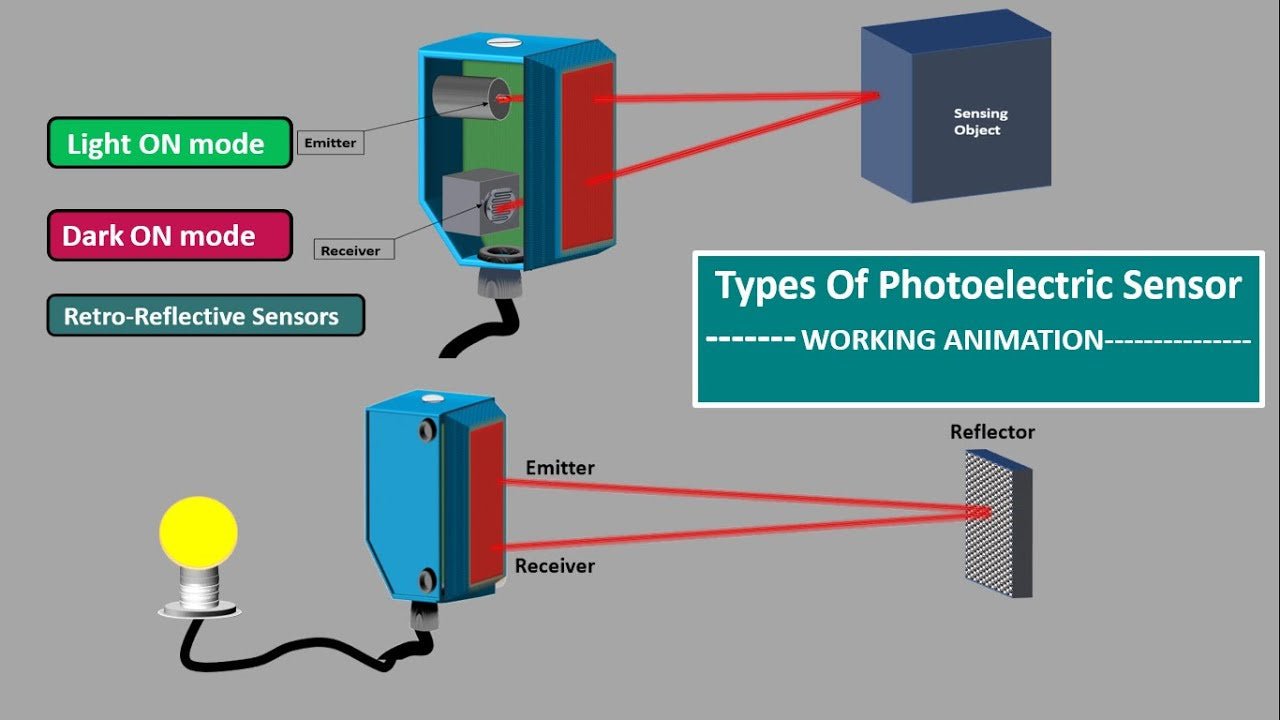Canopy lights are a specific type of lighting fixture designed to be installed in outdoor or semi-outdoor spaces, typically under an overhang, canopy, or roof. These lights are renowned for their durability, efficiency, and ability to provide bright, even illumination in various environments. This blog explores the concept of canopy lights, their different types, applications, benefits, and future trends in canopy lighting technology.
Understanding Canopy Lights
Canopy lights are designed to provide illumination in spaces that require a broad and even distribution of light. They are often installed in areas with high ceilings or outdoor locations where weather resistance and robust performance are crucial. The typical design of a canopy light includes a sturdy housing, efficient heat dissipation mechanisms, and high-quality lenses or diffusers to ensure optimal light distribution.
Types of Canopy Lights
Several types of canopy lights are available, each suited to specific applications and requirements:
1. LED Canopy Lights
LED canopy lights are the most popular due to their energy efficiency, long lifespan, and excellent light quality. They consume less power compared to traditional lighting options and require minimal maintenance, making them a cost-effective choice for various applications.
2. Metal Halide Canopy Lights
Metal halide canopy lights provide bright, high-intensity illumination. They are often used in locations that require powerful lighting, such as large parking areas and industrial sites. However, they consume more energy and have a shorter lifespan compared to LEDs.
3. Fluorescent Canopy Lights
Fluorescent canopy lights offer a balanced light output and are typically used in settings where energy efficiency and cost are important considerations. They are less common than LED and metal halide options due to their shorter lifespan and lower efficiency.
4. High-Pressure Sodium (HPS) Canopy Lights
HPS canopy lights are known for their warm color temperature and high efficiency. They are used in applications where a softer, yellow-toned light is preferred. However, they are less energy-efficient and have a shorter lifespan than LED options.
Applications of Canopy Lights

Canopy lights have a wide range of applications across various industries and settings:
1. Gas Stations
One of the most common applications of canopy lights is in gas stations. These lights provide bright, uniform illumination, ensuring that the area is well-lit for customers refueling their vehicles. The enhanced visibility improves safety and security while creating an inviting atmosphere for customers.
2. Parking Garages and Lots
Canopy lights are essential in parking garages and lots, where they provide consistent illumination, enhancing visibility and safety for drivers and pedestrians. Their durability and weather resistance make them ideal for both indoor and outdoor parking facilities.

3. Retail Entrances
Retail establishments often use canopy lights at their entrances to create a welcoming and secure environment for customers. Proper lighting at entry points not only enhances the aesthetic appeal but also improves safety by deterring potential criminal activity.
4. Walkways and Pathways
Canopy lights are used to illuminate walkways and pathways in various settings, including educational institutions, hospitals, and residential complexes. Effective pathway lighting ensures safe navigation, reducing the risk of accidents and enhancing the overall ambiance of the area.
5. Industrial Facilities
In industrial settings, canopy lights provide essential illumination for loading docks, warehouses, and manufacturing areas. Their robust construction and high light output make them suitable for the demanding conditions often found in industrial environments.
6. Public Transport Stations
Canopy lights are widely used in bus stops, train stations, and airports to ensure safety and visibility for passengers. Well-lit transport stations enhance the overall travel experience and contribute to the security of the area.
Benefits of Canopy Lights
The use of canopy lights offers numerous benefits, making them a preferred choice for many applications:
1. Energy Efficiency
LED canopy lights, in particular, are highly energy-efficient, consuming significantly less power than traditional lighting options. This efficiency translates to lower energy bills and a reduced carbon footprint.
2. Long Lifespan
Canopy lights, especially those using LED technology, have a long lifespan, often exceeding 50,000 hours of operation. This longevity reduces the need for frequent replacements, lowering maintenance costs and minimizing disruptions.
3. Durability
Canopy lights are designed to withstand harsh environmental conditions, including extreme temperatures, moisture, and physical impacts. Their robust construction ensures reliable performance in demanding outdoor and industrial settings.
4. Enhanced Safety and Security
Bright, uniform lighting provided by canopy lights improves visibility, enhancing safety for pedestrians and drivers. Well-lit areas are also less attractive to criminals, contributing to overall security.
5. Versatility
Canopy lights are available in various designs, sizes, and mounting options, making them versatile for different applications. Whether for commercial, industrial, or residential use, there is a canopy light suitable for the specific requirements of the site.
6. Improved Aesthetics
Modern canopy lights come in sleek designs that can enhance the visual appeal of the installation site. Well-designed lighting can highlight architectural features and create an inviting atmosphere.
Future Trends in Canopy Lighting
The future of canopy lighting is likely to be shaped by advancements in technology and increasing demand for sustainable solutions. Some trends to watch include:
1. Smart Lighting Systems
Integration of canopy lights with smart lighting systems is becoming more common. These systems allow for remote control, automated dimming, and energy management, leading to further energy savings and enhanced user convenience.
2. Solar-Powered Canopy Lights
As the push for renewable energy grows, solar-powered canopy lights are gaining popularity. These lights harness solar energy during the day and store it in batteries for nighttime illumination, reducing reliance on the grid and promoting sustainability.
3. Enhanced Light Quality
Advancements in LED technology are leading to improvements in light quality, including better color rendering and reduced glare. These enhancements contribute to a more comfortable and visually appealing environment.
4. Customization and Design Flexibility
Manufacturers are offering more customization options, allowing for tailored lighting solutions that meet specific aesthetic and functional requirements. Customizable designs and mounting options will cater to a broader range of applications.
Conclusion
Canopy lights are a vital component in many outdoor and semi-outdoor lighting applications, providing bright, even illumination that enhances safety, security, and aesthetics. With advancements in LED technology and the growing trend towards smart and sustainable lighting solutions, the future of canopy lighting looks promising. Whether for gas stations, parking garages, retail entrances, or industrial facilities, canopy lights offer versatile and efficient lighting solutions that meet the demands of modern environments.


































Leave a comment
This site is protected by hCaptcha and the hCaptcha Privacy Policy and Terms of Service apply.